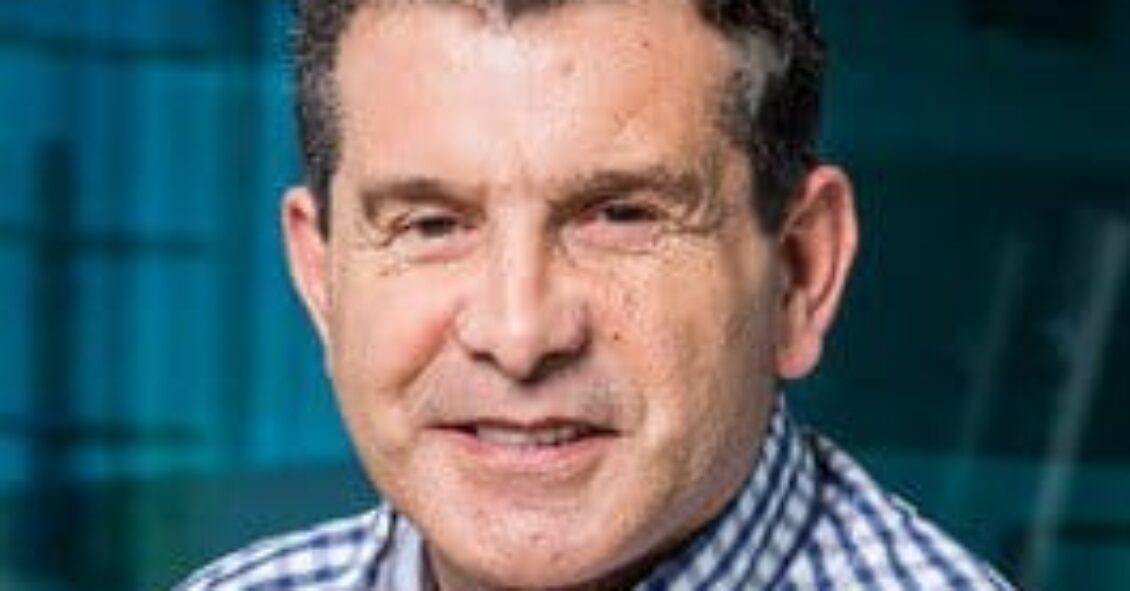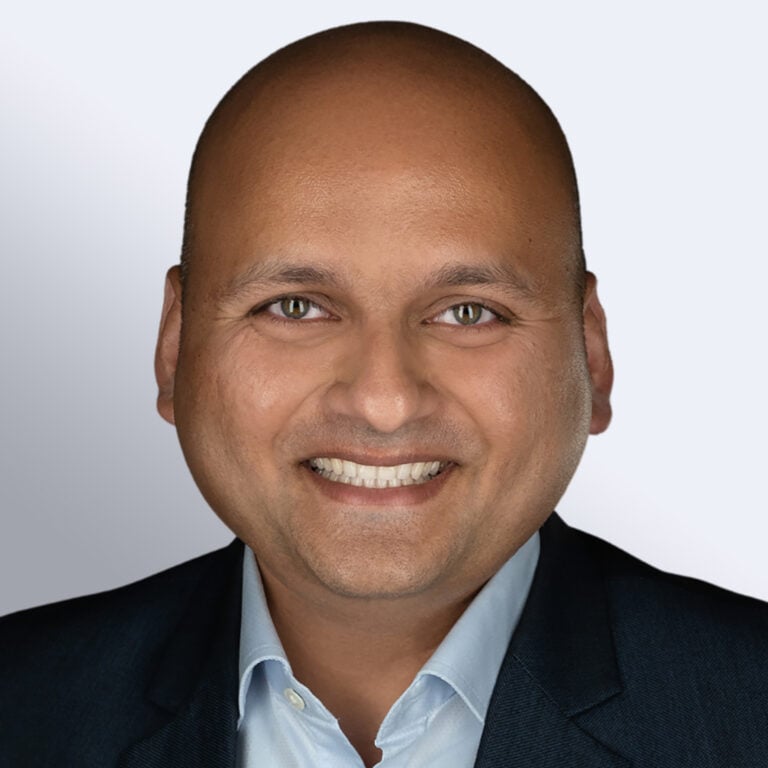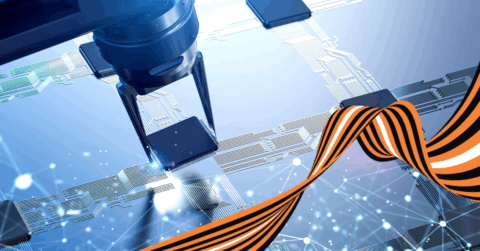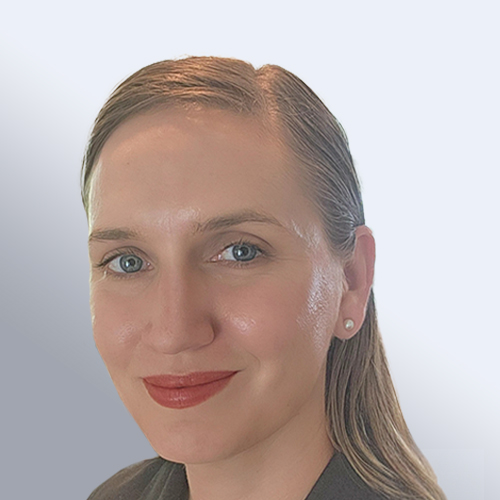
In October 2013, Philips started to transform its IT infrastructure to a truly consumption-based model on the cloud. Alan Nance has been leading this activity in strong collaboration with Philips Procurement. Per the model, service providers charge no start-up or termination fees, and Philips pays only for what it uses. These terms are set out in a charter which all of Philips’ major IT infrastructure providers have signed up to.
One year on, I caught up with Alan to learn more about the transformation and progress to date. The full text of the interview has been published in a new Everest Group report called “Practitioner Perspectives.” In this blog I share some highlights from the interview and look at some of the key drivers for change at Philips.
These drivers include financial synchronicity, elimination of IT infrastructure Capex and speed to market.
Financial synchronicity is needed to bring IT costs in line with corporate revenue. The ultimate aim is to eliminate fixed IT costs altogether. Philips is on the way to achieving this goal. Although the transformation to consumption-based computing is still in its early days, Philips has already cut €30m of fixed costs – they have another €380m to go.
Synchronicity also applies to product development and speed to market – IT working in step with product requirements and with no Capex. One example is taking Philips’ Smart Air Purifier to China in three months. Philips’ speed to market ambitions in this case were achieved by working with Alibaba, which supports the air purifier’s mobile app on its cloud infrastructure. The app allows users to remotely monitor and manage air quality in their homes in real-time. By using Alibaba’s cloud, Philips took the product to a major new market without the need to set up new facilities such as a datacenter, in China. It tapped into Alibaba’s local presence and capabilities.
Philips’ infrastructure transformation has not been without challenges. Examples include:
- Ensuring that service providers’ offerings meet regulatory compliance requirements in different countries
- Developing a capability to monitor, assess and act on the impact of external changes on live services and operations
- Evaluating products and services for inclusion in Philips’ cloud catalog – this has been more manual and time consuming than Alan expected
Then there is the need to re-skill staff. Some of the people who are good at design, build, run, and operate need to apply their skills in different ways, such as, in the service design discussion with the business and selecting the right components from Philips’ catalog. Some people have been able to make that transition, and some have not.
Despite the challenges, Philips is boldly going where few companies have gone before – a truly consumption-based computing model that is pushing the boundaries of services contracts and outsourcing. As to why Philips is opting to pursue this model, the answer is provided to us by its business model. Firstly, Philips is creating more and more products that have interactive components with some form of data sharing between central systems and apps on smart handheld devices and mobile phones. Examples, as well as the smart air purifier and its mobile app, include tools for sharing medical information between doctors and patients, and Cloud TV which streams TV channels over the Internet to Philips smart TVs. This comes with an app that lets Dropbox users view their photos, videos, and music stored online. Cloud and consumption computing are ideal for supporting this business.
The need for agility is underlined in other aspects of the business; Philips is separating its lighting business from its health technology business. The consumption-based computing model is going to make it easier to separate the two companies as resources get divided between the two new entities with little infrastructure Capex impact on Philips. There are also acquisitions, the most recent being that of Volcano Corp., the US medical imaging company that Philips is acquiring for $1.2bn. An agile infrastructure would allow it to incorporate new acquisitions into its main business quickly.
Philips has recognized the role of infrastructure in business agility and is acting upon it. There are very few other companies that cannot benefit from Philips’ model. More and more products and services are being complemented with social and digital interaction channels and mergers, acquisitions and divestments are a business reality. The questions is why are not more companies following in Philips’ footsteps?
A conversation with Alan Nance, Vice President Technology Transformation at Royal Philips – the first of a new Practitioner Perspectives Series can be accessed by Everest Group registered users here: https://research.everestgrp.com/Product/EGR-2014-4-O-1350/Practitioner-Perspectives-Alan-Nance-Interview.










